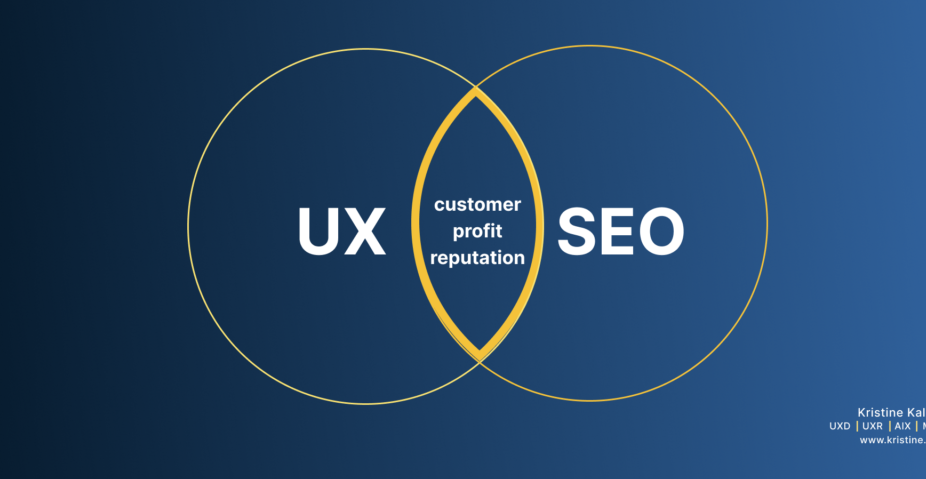User Experience (UX) has become a pivotal factor in search engine optimization (SEO). In recent years, search engines like Google have placed increasing emphasis on providing users with the best possible experience. This shift means that UX and SEO are now more intertwined than ever.
UX refers to the overall experience a user has while interacting with a website. It encompasses several aspects, including site navigation, load times, mobile-friendliness, and the quality of content. Here’s how UX plays a crucial role in SEO:
- Site Speed: Fast-loading websites are essential for both UX and SEO. Users tend to abandon slow sites, leading to high bounce rates. Search engines consider bounce rates as an indicator of poor user experience. Therefore, optimizing your site’s speed can enhance user satisfaction and improve your search engine rankings.
- Mobile-Friendliness: With the majority of internet traffic coming from mobile devices, having a mobile-friendly site is no longer optional. Responsive design ensures that your site looks and functions well on all devices. Search engines prioritize mobile-friendly sites in their rankings, making this a critical aspect of UX that impacts SEO.
- Navigation and Structure: A well-organized site structure and intuitive navigation help users find what they need quickly and easily. Clear menus, logical page hierarchy, and a coherent internal linking strategy not only improve UX but also help search engines crawl and index your site more efficiently.
- Content Quality: High-quality, relevant content is at the heart of both UX and SEO. Engaging content that addresses user needs and queries keeps visitors on your site longer, reducing bounce rates. Additionally, search engines favor websites that provide valuable and relevant information, improving your chances of ranking higher.
- User Engagement: Interactive elements like comments, reviews, and social sharing buttons can enhance user engagement. Engaged users are more likely to spend time on your site and share your content, which can lead to increased traffic and better SEO performance.
- Accessibility: Ensuring your website is accessible to all users, including those with disabilities, improves UX and broadens your audience. Accessible websites are often favored by search engines, as they provide a better experience for all users.
- Visual Appeal: A visually appealing website can make a significant difference in how users perceive your brand. High-quality images, consistent branding, and a clean design can enhance UX and keep users engaged. Search engines recognize sites that provide a good visual experience, contributing to better SEO.
By focusing on UX, you can create a more satisfying experience for your users while simultaneously improving your SEO efforts. This dual approach not only helps attract more visitors but also keeps them coming back, ultimately driving the success of your website.
